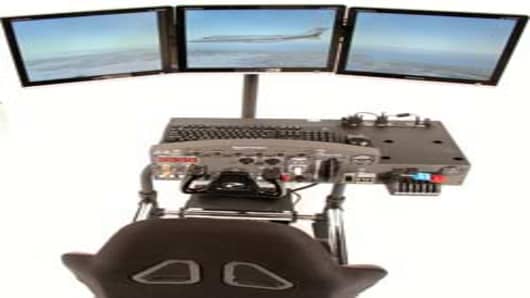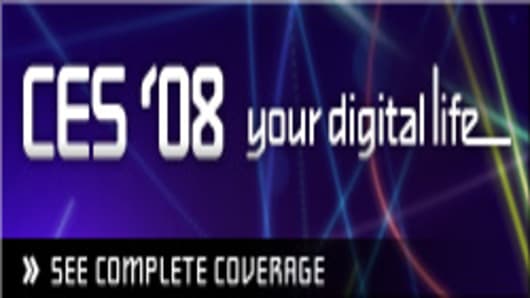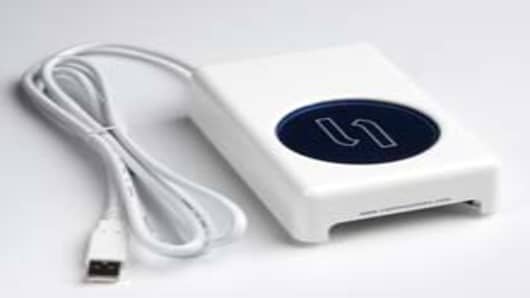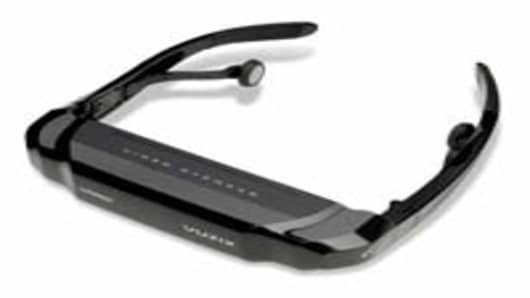It's never easy being the little guy, but for small-company exhibitors willing to take their lumps, it is possible to stand out from the throngs at the Consumer Electronics Association's International CES show. Some 140,000 people are swarming the 1.8 million square feet of floor space at CES this week, sampling the high-tech contraptions and electronic playthings of more than 2,700 exhibitors—many of them household names, such as , Hewlett-Packard, Philips Electronics, Research In Motion and Sony.
Plus, with the show taking place in Las Vegas, a small manufacturer striving for attention will have to compete with more than just the bigger gadget makers.
Jay Leboff, the owner of HotSeat Chassis, a Connecticut-based maker of flight and racing simulators, learned as much two years ago. As he manned a booth at the Sands Expo and Convention Center—one of CES's numerous venues—he had to cope with the added distraction of the Adult Entertainment Expo and many of its 30,000 visitors, just one flight downstairs.






